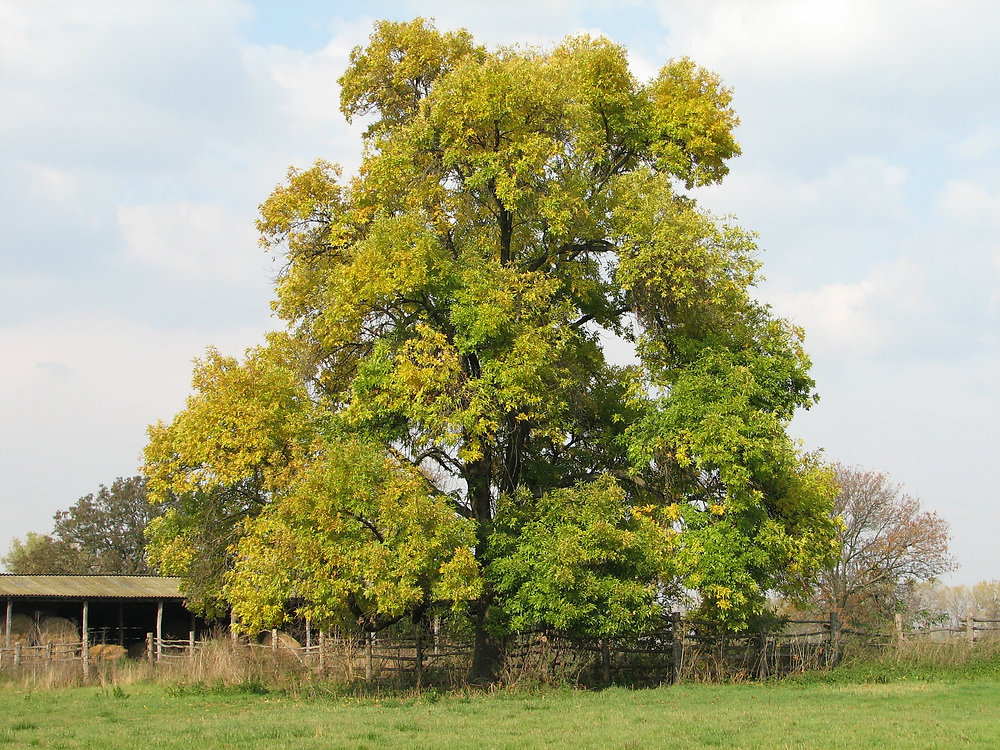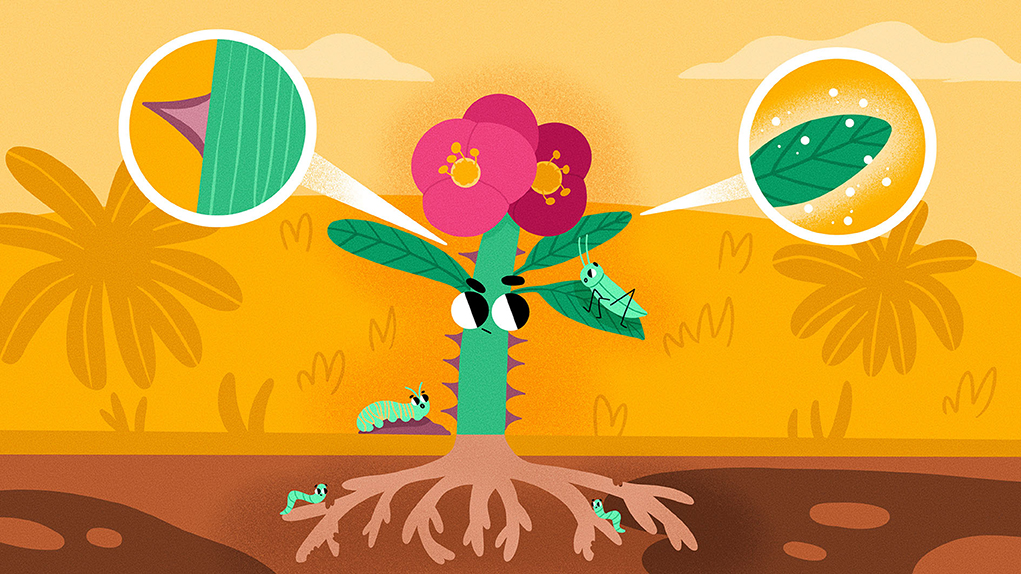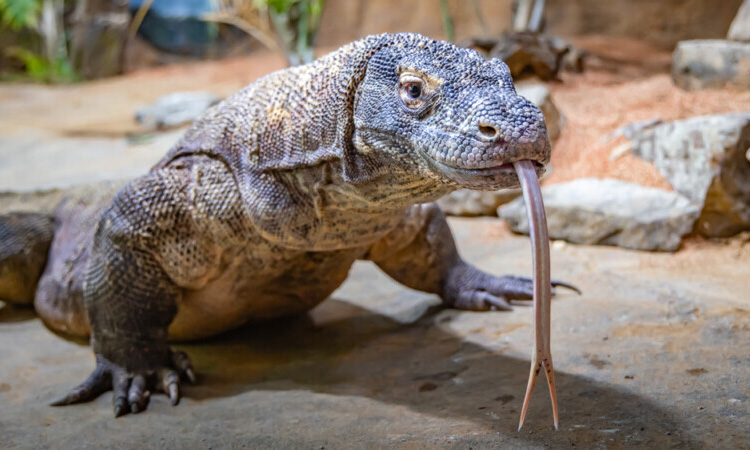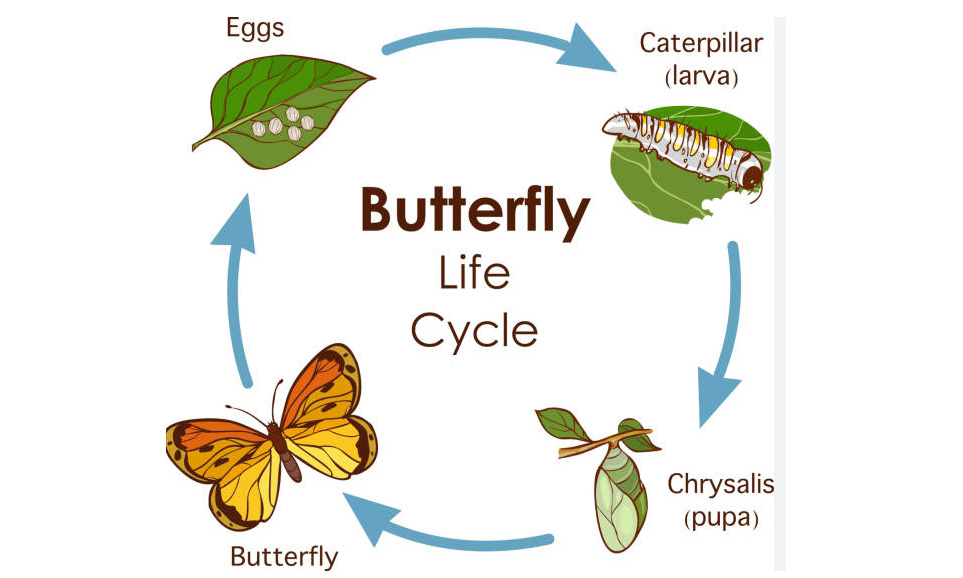What do some leaves produce to protect themselves? Here is the Protective Mechanisms of Leaves
1. Chemical Compounds:
Leaves produce a variety of chemical compounds to defend against herbivores, pathogens, and environmental stressors. These compounds include toxins, such as alkaloids and tannins, which deter herbivores from feeding on the leaves.
2. Physical Barriers:
Some leaves develop physical barriers to protect themselves from external threats. This can include thorns, spines, or tough, waxy coatings on the leaf surface, known as cuticles, which help reduce water loss and deter herbivores.

3. Trichomes:
Many leaves are covered in small hair-like structures called trichomes, which serve as a defense mechanism. Trichomes can act as a physical barrier, making it difficult for herbivores to feed on the leaves. They can also secrete toxic substances or produce irritating compounds that deter predators.
4. Resins and Latex:
Certain leaves produce resin or latex, sticky substances that can trap and immobilize insects or other small herbivores. Resins and latex also contain toxic compounds that deter feeding and protect the plant from damage.
5. Secondary Metabolites:
Leaves produce secondary metabolites, such as flavonoids and terpenoids, which have various protective functions. These compounds can act as antioxidants, protecting the leaf cells from damage caused by UV radiation or oxidative stress. They may also have antimicrobial properties, helping the plant defend against pathogens.
6. Induced Defenses:
In response to herbivore attack or other threats, leaves can activate inducible defense mechanisms. This includes the rapid production of toxic compounds, such as jasmonic acid and volatile organic compounds, which signal nearby leaves or neighboring plants to initiate their own defense responses.
What do some leaves produce to protect themselves? Leaves employ a variety of ingenious mechanisms to protect themselves from herbivores, pathogens, and environmental stressors. From chemical defenses to physical barriers, these adaptations ensure the survival and vitality of plants in diverse ecosystems. By understanding the strategies employed by leaves to defend themselves, researchers can gain valuable insights into plant biology and develop innovative approaches for agriculture and environmental conservation.




